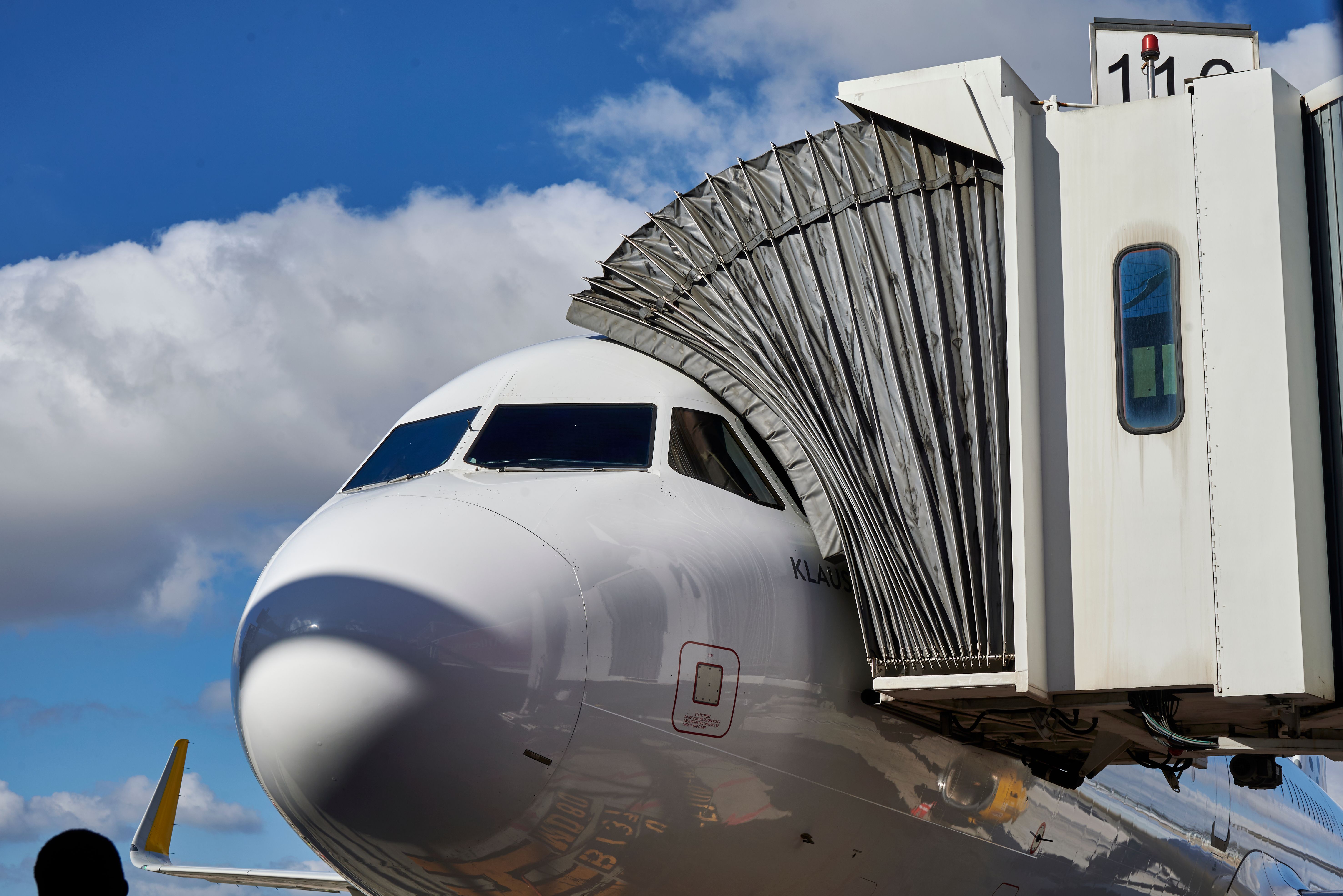The issue of damage being caused to aircraft on the ground is a big problem for the industry. This year, in particular, has seen numerous ground-based incidents, but it’s nothing new. Indeed, the sector has been grappling with the issue for many years, and right now, the International Air Transport Association (IATA) calculates the cost of such incidents as approximately $5 billion a year.There are obvious implications of ground-based incidents – the compromising of the safety of passengers and airport staff, the direct cost of dealing with damage, and the disruption to operations from an aircraft out of action. Despite being painfully aware of this, the situation is not getting any better. In fact, IATA predicts it will get worse.
If nothing is done to address the situation, the association says the annual cost of ground damage will balloon to almost $10 billion annually by 2035, double the current level. As such, IATA is calling for investment in enhanced ground support equipment to tackle this ongoing problem.
Defining the cause of aircraft damage
IATA commissioned a study into ground-based damage to uncover the causes and consequences of these incidents. The study found that widebody jets were ten times more likely to be damaged on the ground, but that narrowbody, turboprop, and regional jets were 30% more likely to be severely damaged.
Most damages was caused by motorized ground support equipment (GSE) striking the fuselage of the aircraft. In particular, 40% of all damage was caused by belt loaders, cargo loaders, passenger stairs, and jet bridges. Speaking at the IATA Global Media Days this week, Nick Careen, IATA Senior Vice President of Operations, Safety, and Security commented that,
“We have a big number there that says if we don't do anything, this is what it's going to cost us. And the answer is obvious. It's enhanced GSE.”
Enhanced GSE
By enhanced GSE, Careen is clear that he doesn’t mean some future technology that is yet to be developed or proven. Instead, he is talking about something that is readily available in the automotive industry, as he noted:
“Anti-collision. There’s probably not a car you can buy today that doesn't have it. But we don't have it on equipment that’s around our multi million dollar machines. Go figure … We are going to look at putting together a roadmap that's going to make electronic or enhanced GSE, which is essentially GSE with anti-collision on it, a standard moving forward.”
Get the latest aviation news straight to your inbox: Sign up for our newsletters today.
As well as anti-collision, Careen noted that a number of ground support processes can be automated, for example, the process of attaching the air bridge to the door of the aircraft. This would not only reduce the chance of human error causing an accident but would also make turnarounds more efficient and free up ground staff for other duties.
Net zero benefits
As well as reducing the cost and inconvenience of ground damage, moving to enhanced GSE also assists aviation with its goal to move towards net zero carbon operations. Most enhanced GSEs are electrically powered, making them cleaner and more energy efficient. Although the bulk of sustainability conversations revolve around aircraft and flight, what happens on the ground cannot be ignored. Careen commented,
“Transitioning to Enhanced GSE with anti-collision technology is a no-brainer. We have proven technology that can improve safety. And with the cost of ground damage growing across the industry there is a clear business case supporting early adoption. The challenge now is to put together a roadmap so that all stakeholders are aligned on a transition plan.”
What do you think should be done to tackle the issue of collisions with ground service vehicles? Let us know what you think and why in the comments below by pressing the blue button!

